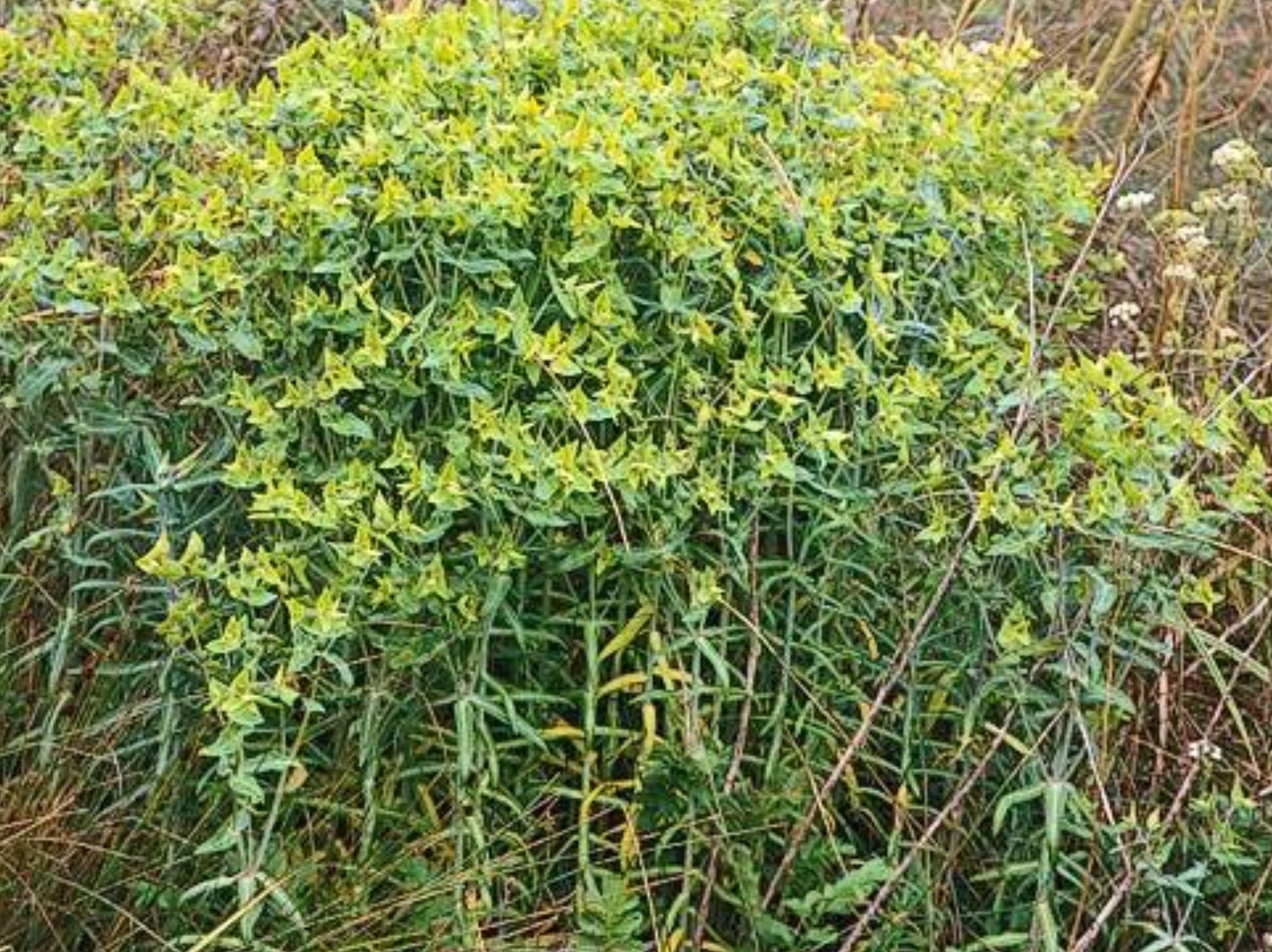Created on: Tuesday, Sep 20th, 2016
Calflora: http://www.calflora.org/cgi-bin/county_taxon.cgi?where-calrecnum=3557
HEAR risk assessment: http://www.hear.org/pier/wra/pacific/euphorbia_lathyris_htmlwra.htm
Purdue NewCrop Database: https://www.hort.purdue.edu/newcrop/duke_energy/Euphorbia_lathyris.html
Queenland Biosecurity: http://keyserver.lucidcentral.org/weeds/data/media/Html/euphorbia_lathyr...
Victoria Risk Assessment: http://vro.agriculture.vic.gov.au/dpi/vro/vrosite.nsf/pages/impact_caper...
Reviewed by Denise Knapp, Eric Wrubel and Barbara Castro.
- < 13 : accept (low risk of invasiveness)
- 13 - 15 : evaluate further
- > 15 : reject (high risk of invasiveness)

